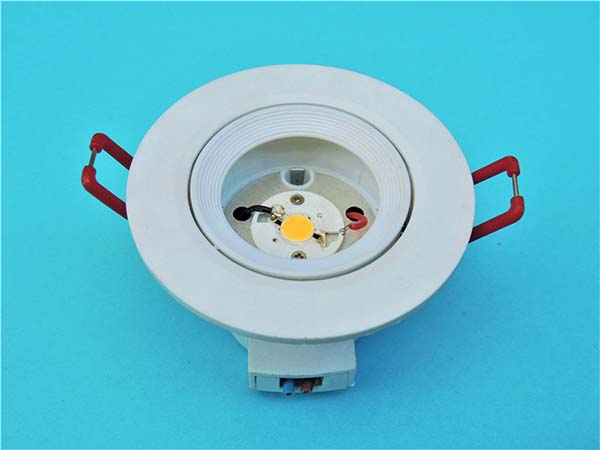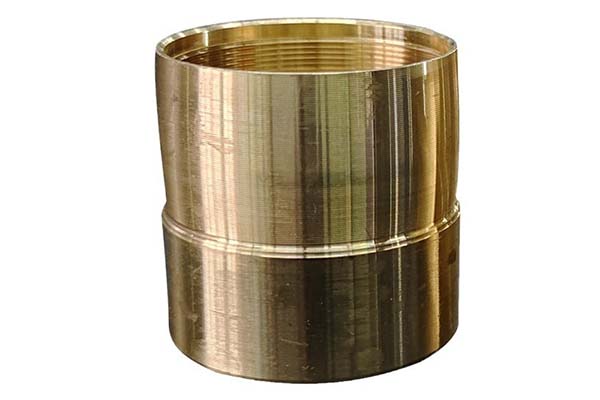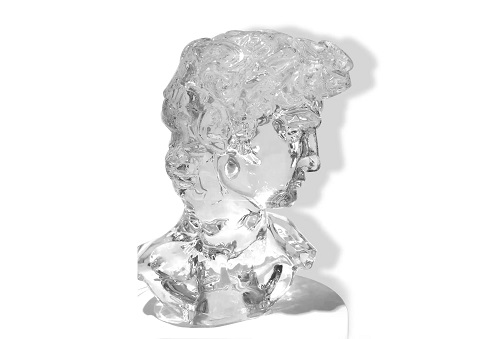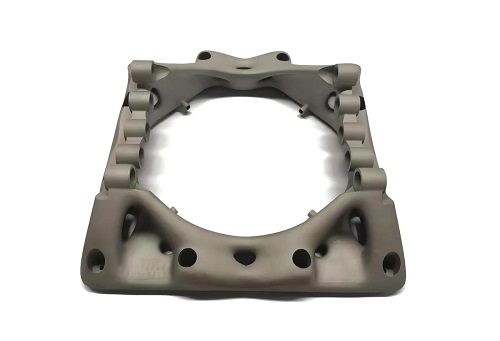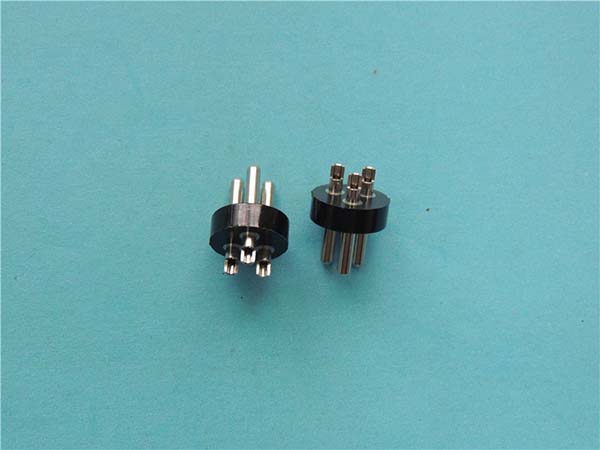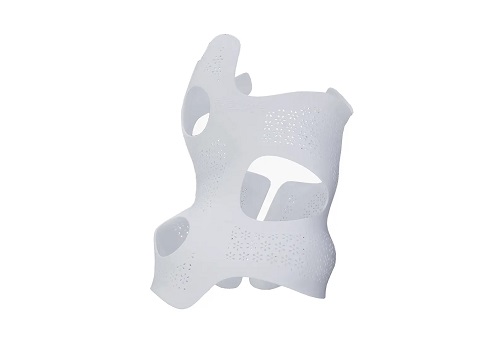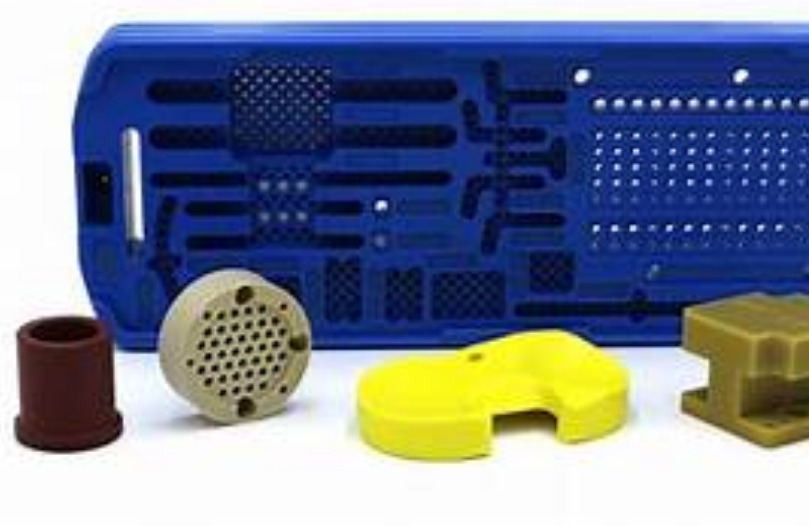Introduction
In recent years, 3D printing has emerged as a revolutionary technology with applications spanning across various industries. From manufacturing intricate prototypes in the automotive and aerospace sectors to creating customized medical implants, 3D printing has transformed the way products are designed and produced. Its ability to turn digital designs into physical objects with high precision has made it an invaluable tool for businesses, hobbyists, and innovators alike.
However, when considering the use of 3D printing services, one of the most pressing questions that comes to mind is "What are the 3D printing service prices?" Price is a crucial factor for anyone looking to utilize these services, whether it's a small - scale entrepreneur aiming to bring a new product idea to life or a large - scale manufacturer seeking cost - effective prototyping solutions.
The aim of this article is to provide you with a comprehensive understanding of 3D printing service prices. We will delve into the different factors that influence these prices, compare various types of 3D printing technologies in terms of cost, and offer practical tips on how to optimize costs while still achieving high - quality 3D printed products. By the end of this article, you'll be better equipped to make informed decisions when it comes to choosing 3D printing services that fit your budget and requirements.
Factors Affecting 3D Printing Service Prices
Material Costs
The type of material used in 3D printing has a significant impact on the overall cost. Different materials come with a wide range of price points.
- Plastic Materials: For example, PLA (Polylactic Acid) is one of the most commonly used 3D printing plastics. It is relatively affordable, with prices typically ranging from \(20 - \)50 per kilogram. PLA is popular for its ease of use, biodegradability, and a wide variety of available colors. Another plastic, ABS (Acrylonitrile Butadiene Styrene), is a bit more expensive, usually costing around \(30 - \)60 per kilogram. ABS offers better strength and heat resistance compared to PLA.
- Metal Materials: Metal powders used in 3D printing are much pricier. Stainless - steel powder, for instance, can cost anywhere from \(200 - \)500 per kilogram. Titanium powder is even more expensive, with a price range of \(1000 - \)3000 per kilogram. The high cost of metal materials is due to their complex production processes and high - quality requirements.
- Special Materials: Specialty materials like carbon - fiber - reinforced filaments or certain types of high - performance polymers can be extremely costly. Some carbon - fiber - filled filaments can sell for over $100 per kilogram, as they offer enhanced mechanical properties such as increased strength and stiffness.
Printing Technology
There are several mainstream 3D printing technologies, each with its own cost - related characteristics.
- FDM (Fused Deposition Modeling): This technology works by heating a thermoplastic filament and extruding it layer by layer to build the model. FDM printers are relatively inexpensive, which makes the overall cost of FDM - based 3D printing services lower. The equipment cost can range from a few hundred dollars for a basic desktop model to several thousand dollars for a more industrial - grade machine. The materials are also among the cheapest, as mentioned earlier.
- SLA (Stereolithography): SLA uses a laser to cure liquid photopolymer resin layer by layer. SLA printers are more expensive, often starting from $2000 and going up to tens of thousands of dollars for professional models. The resin materials are costlier than FDM plastics, and the maintenance and operating costs are also higher due to the need for precise optical components.
- SLS (Selective Laser Sintering): SLS employs a laser to sinter powdered materials. SLS printers are high - end machines, with prices typically in the tens of thousands of dollars. They can use a wide range of materials, including metals and polymers, but the cost of the equipment and the complexity of the process contribute to higher service prices.
Here is a comparison of the prices of printing a simple cube (10cm x 10cm x 10cm) using different technologies:
| Printing Technology | Approximate Cost |
| FDM | \(5 - \)10 |
| SLA | \(15 - \)30 |
| SLS | \(30 - \)50 |
Complexity of the Model
The complexity of a 3D - printed model is a crucial factor in determining its price. A simple, solid - shaped model with no intricate details or complex geometries will be much cheaper to print than a highly detailed and complex one.
- Simple Model: For example, a basic cube or a simple cylinder can be printed quickly and with minimal material waste. The printing process is straightforward, and there is no need for additional support structures in most cases. A simple cube like the one mentioned above, printed in PLA using FDM technology, might cost only a few dollars.
- Complex Model: In contrast, a model with complex internal structures, thin walls, or highly detailed surfaces will take longer to print and may require more advanced techniques and support materials. A detailed anatomical model for medical use, with fine - tuned features and hollow sections, could cost several hundred dollars. This is because the printer has to work more precisely, potentially using more expensive materials and taking extra time to ensure the integrity of the complex parts.
Quantity of Prints
The number of prints also affects the price per unit. When ordering a large quantity of 3D - printed items, the cost per piece generally decreases due to economies of scale.
- Single Print: Printing a single item often incurs a higher per - unit cost because the setup time and initial material costs are spread over just one piece. For example, printing a single custom - designed keychain might cost $10.
- Bulk Prints: If you order 100 of the same keychains, the cost per unit could drop to $5. This is because the setup cost is now distributed among 100 items, and the printer can operate more efficiently in a continuous run.
Price Comparison of Different 3D Printing Service Providers
Yigu Technology's View
As a non - standard plastic and metal products custom supplier, Yigu Technology understands that 3D printing service prices are a major concern for customers. We recognize that material costs and printing technology are two key factors that directly impact these prices. Different materials, whether plastics or metals, have their own cost characteristics, and the choice of technology can significantly affect production efficiency and cost.
At Yigu Technology, while we strive to control costs, we never compromise on quality. We have a team of experienced engineers who can optimize the 3D printing process for each project. For example, when choosing materials, we consider not only the cost but also the performance requirements of the final product to ensure the best balance. We also invest in advanced 3D printing equipment to improve production efficiency and reduce production time, which in turn helps us offer more reasonable price plans to our customers. Whether it's a small - scale prototype or a large - scale production project, we are committed to providing high - quality 3D printing services at competitive prices.
